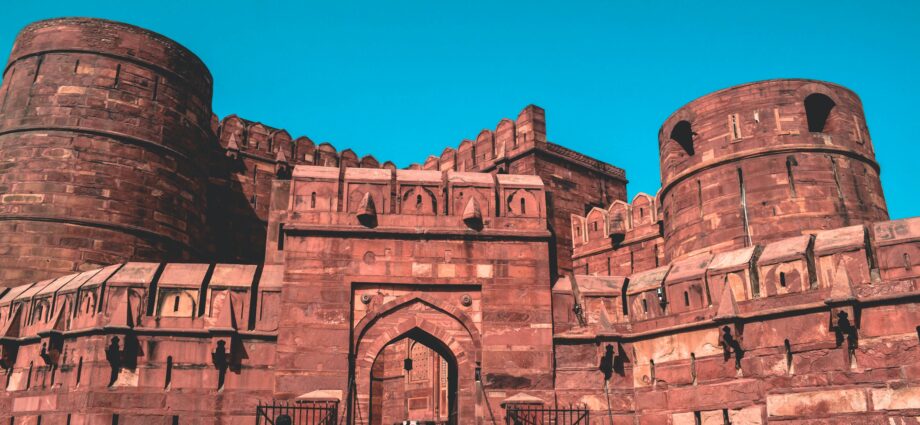There is an educational component to each form of trip, whether it’s a trip for fun or a pilgrimage. Travel teaches us a lot, and it was travel that propelled early humans forward to where they are now. Whether it’s a museum or a walking tour, there’s always something to learn or something to be entertained about each location. But a few places stand out for their pure greatness in terms of natural beauty or artificial wonders. If Agra in Uttar Pradesh is your destination of choice for the upcoming vacation, take some time to peruse the list of Agra attractions that you should not miss. The traveler can choose any form of transportation from Delhi to Agra distance based on the fastest, cheapest, and most convenient options available to them.
1. Foremost among these is the Taj Mahal.
When you think of Agra, the Taj Mahal comes to mind. Alternatively, you might not have considered visiting Agra if it weren’t for the monument to love. The monument is a testament to Mughal architecture’s excellence. As one of the Seven Wonders of the World, the Taj Mahal has remained a constant presence over the centuries. On a full moon night, you’ll be awestruck by the awe-inspiring majesty of nature.
2. Agra Fort
You’ll be sorry if you go to Agra and don’t see the Agra Fort. An architectural marvel from the Mughal era, this 16th-century structure is yet another example of their mastery. Attractions such as the Taj Mahal can be found nearby. The Citadel, known as the Red Fort of Agra, will leave you in awe of its imposing power. Jahangir Palace, Khas Mahal, and several other palaces may be found within the fortress’ walls. Two mosques and several auditoriums are available. The stronghold as a whole is a monument to the splendor of the Mughals. Aurangazeb, Shah Jahan’s son, imprisoned him in the Agra Fort. Emperor Shah Jahan spent his final days admiring the love monument he had erected for his wife.
3. Fatehpur Sikri
Mughal emperor Akbar built the city as a shrine to a Sufi saint in 1570. During that time, the city served as the imperial seat of power. The city is surrounded by a 6-kilometer-long wall with towers and gates. These include Buland Darwaza (Bilal’s House), Panch Mahal, and Jama Masjid (Bilal’s House). In 1986, the entire city and all of its significant structures, such as the royal palaces, the Jama Masjid, and the courts, were designated as a UNESCO World Heritage Sites.
4. Itmad-Ud-Daulah
India’s first marble Mughal tomb, Itmad-Ud-Daulah, heralds a new era in the architecture of the Mughal Empire. Red sandstone structures had been the norm up until that point.Mirza Ghiyas, Jahangir’s father-in-law, is commemorated with the 21-meter-high tomb. Itmad-Ud-Daula, which translates as “pillar of the state,” was conferred upon him. The monument’s towers, which are influenced by Islamic architectural style, have a Persian feel to them. The paintings on the walls are a sight to behold.
5. Akbar’s Tomb
Jahangir constructed Akbar’s Tomb in 1613. This is a must-see in Agra if you’re interested in history. A mausoleum made of red sandstone houses some of the most beautiful marble carvings anywhere. Beautiful marble ceiling patterns and ethereal calligraphy point to Akbar’s actual underground tomb as soon as you enter the building. There is a large white marble panel on the south gate of the tomb, which smaller ones surround. The true Akbari mausoleum is tucked away in a dimly lit underground chamber, and it exudes an air of sanctity.
Check more Travel Blogs

